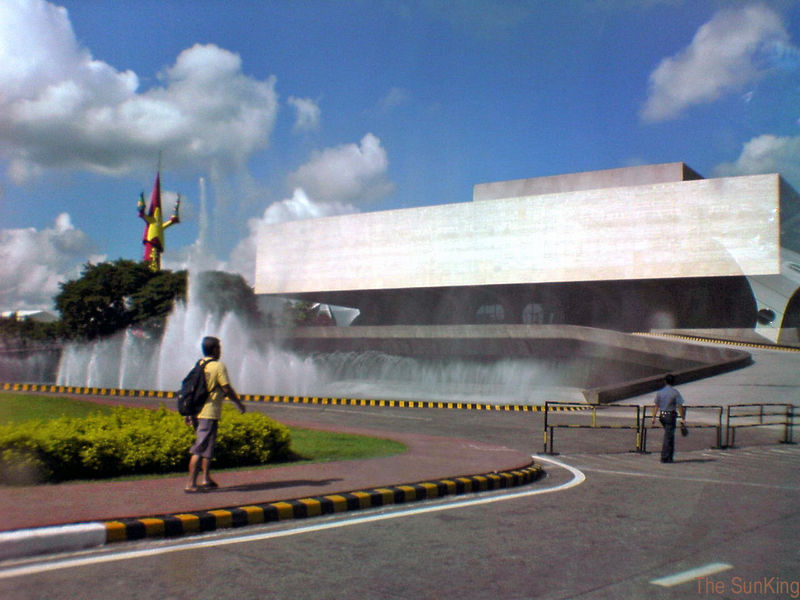| Country | Cost | |
| Australia | 81.4 | 4.2 |
| Canada | 80.7 | 5.0 |
| France | 81.0 | 4.0 |
| Germany | 79.8 | 3.8 |
| Japan | 82.6 | 2.6 |
Cultural Center of the Philippines
The Cultural Center of the Philippines (Filipino: Sentrong Pangkultura ng Pilipinas) or simply the CCP is located in Pasay Cityand the City of Manila, Metro Manila, the Philippines, and was opened in 1969 to promote and preserve Filipino arts and culture, and to become a mecca of culture and the arts in Asia. Since its opening, it has showcased the Bolshoi, Kirov, Royal Danish ballets, as well as contemporary American, French, German, and Philippine companies.
The CCP was created by President Ferdinand Marcos in 1966 through Executive Order No. 30 with the purpose of promoting and preserving Filipino arts and culture. It was formally inaugurated on September 8, 1969, starting a three-month long inaugural festival opened by the musical Golden Salakot: Isang Dularawan, an epic portrayal of Panay Island, as its initial presentation. The Center's formal inauguration was attended by a number of international personalities, including California Governor and Mrs. Ronald Reagan, who were representing President Richard Nixon.
Since its establishment, the CCP has sought to embody its logo of katotohanan (truth), kagandahan (beauty) and kabutihan(goodness). The logo was designed by Carlos "Botong" Francisco, National Artist for Visual Arts. Derived from Filipino’s ancient writing script, Baybayin.

The CCP showcases Filipino artistic achievements, encourages the creation of original works inspired by Filipino themes and tradition and helps makes the arts accessible to all sectors of Philippine Society. It also initiates and supports the establishment of regional or local cultural centers in cooperation with local groups and brings together its own resident artists and other artists from the various regions through the CCP Outreach Program.
The CCP also covers film and broadcast arts, as well as the literary and visual arts, encouraging the growth of aspiring artists in these fields through numerous workshops, seminars,anthologies, exhibits, symposia, as well as through competitions and awards.

The CCP's Cultural Exchange Program supports the growth and development of arts councils all over the country through workshops and seminars. In addition, the CCP also established ties with various international organizations such as the Association of Asia-Pacific Performing Arts Centers, the Conseil International des Organisations de Festivals de Folklore et d'Arts Traditionnels, the World Dance Alliance, and the International Theatre Institute. Through exchange programs with these groups, Filipinos are able to appreciate different cultures as well as witness performances of highly-acclaimed artists from all over the world.
While the Center aims to bring the culture and the arts to the Filipino masses, it is widely considered to be "imposing, unapproachable, and elitist." In this regard, the Manila Metropolitan Theater is being restored to provide an accessible culture and arts venue for the masses.
Source: en.wikipedia.org
Teaser photo source: www.dandras.com




